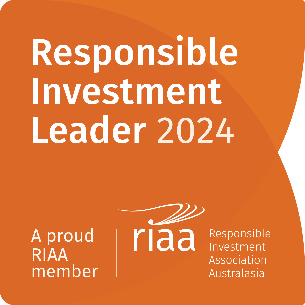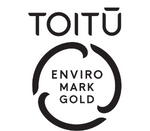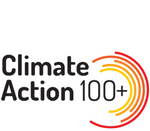What a month it was

5 May 2020 The strength of the recovery in equity markets over the past 5-weeks has been extraordinary. In fact, for the US S&P500, April was the strongest month of returns since January 1987. This has occurred at a time when governments, central banks and businesses are navigating the myriad of challenges associated with COVID-19, and yet investors have essentially been looking through the short-term economic uncertainty and have been actively buying stocks. The recent low in markets occurred on March 23rd. Since that date, both the New Zealand NZX50 Index and Australia’s ASX200 have rallied more than 20%. These performances have confounded many financial commentators because of the apparent disconnect between our listed stocks and the undeniable challenges being felt in the real economy.
As we commented on regularly during April, investor confidence has been buoyed by the massive fiscal and monetary stimulus that has been pumped into the market. Interest rates have been slashed and policy makers have committed to do whatever is necessary to ensure that economies survive. This is no small task. Numerous companies have recently presented their assessments of the economic and operating challenges that lie before them. A good example of these insights came from the National Australia Bank who, last week, presented their first-half results. As part of this process, they provided a framework of economic scenarios that they are using to determine how their business needs to be positioned for the coming 18-months. Unfortunately, there wasn’t much to be encouraged by. In their base case assumptions, Australian unemployment will rise to 11.6% in 2020 before falling to 7.3% at the conclusion of 2021. In this scenario GDP falls by 3.0% this year and house prices decline by 10.0%. This “base case” scenario is assigned the greatest probability of occurring for the bank, but they have also outlined a more severe downside potential whereby their economy does not recover next year, and house prices collapse by 21% in 2020. The New Zealand Treasury issued similarly dire forecasts with our domestic growth expected, in their base case, to decline by 13% in the year to March 2021 and unemployment to rise to 13%.
Notwithstanding these short-term prospects, the longer-term attraction of equities has improved. This is certainly the case when they are compared to fixed interest opportunities in a world where interest rates are close to zero. It is also because investors have demonstrated a confidence that over the next 12-months, economic growth in Australasia, and globally, will recover. Our listed businesses will be leveraged to this growth. The opportunity to purchase shares was further supported over the past few months by a large number of corporate transactions, where companies raised additional funds through the placement of new shares to strengthen their balance sheets. Since the beginning of February more than $13bn of new equity has been issued across New Zealand and Australia. Domestically a total of $1.5bn has been raised, with Auckland International Airport accounting for the majority of this with a $1.2bn deal in early April. Across the Tasman, Consumer Discretionary stocks were quick to respond to the economic downturn with Flight Centre, Webjet, Southern Cross Media and Ooh!Media all announcing similar transactions (note: Ooh!Media is down 63% year-to-date but has rallied more than 100% from its placement price). The sector which raised the greatest amount of new capital though was the Financials with NAB and QBE raising $3.5bn and $1.2bn respectively. It is worth also noting that many companies have also recently cut their dividends, in recognition of the value being placed on cash reserves at this time.
During April, across the Australasian markets, the best performing sector was Consumer Discretionary, posting a return of 15.2%. This was in large part due to the fact these stocks had been particularly weak during the sell-off in March (on a year-to-date basis, this sector is still the worst performing, down 46.6%) and because of the opportunities afforded to investors through the capital raisings. This was followed closely by Materials which rallied 13.8%. Demand for the companies operating in this sector reflected improved confidence that broader economic activity will improve over the medium-term, but in particular the recovery which is evident in China is likely to support firmer demand, and therefore pricing, for commodities such as iron ore. The worst performing sector was Consumer Staples.
In New Zealand, our best performing stock during the month was Air New Zealand, which rallied 58%. This appeared to be driven by strong retail investor demand. Its share price is still down by 56% year-to-date and although travel demand will lift as we move from Alert Level 3, this progress is expected to be reasonably anaemic until mid-2021. Also, the $900m loan it received from the government back in late March remains an overhang for institutional investors. The interest charge for this facility of 7% to 9% will weigh on the airline’s profits when normal operations resume and there remains the possibility that the loan will be converted into equity at its expiration date, further diluting existing shareholders’ ownership. On the flip-side, a company that has thrived during the COVID crisis has been a2Milk. This has been the best performing stock year to date, outperforming the NZX50 Index by 36%. On the back of strong demand from families looking to ensure their pantries were full going into the shut down and from ongoing success in China, the company provided a positive trading update during the month, beating consensus expectations in both sales and margin.
Despite the economic challenges that all countries will face over the next 12-months, the trillions of dollars in financial support that has been provided around the world will continue to impact financial markets. Investor confidence has lifted but we believe that caution is still warranted as the shape of recovery in activity levels remains very uncertain.





